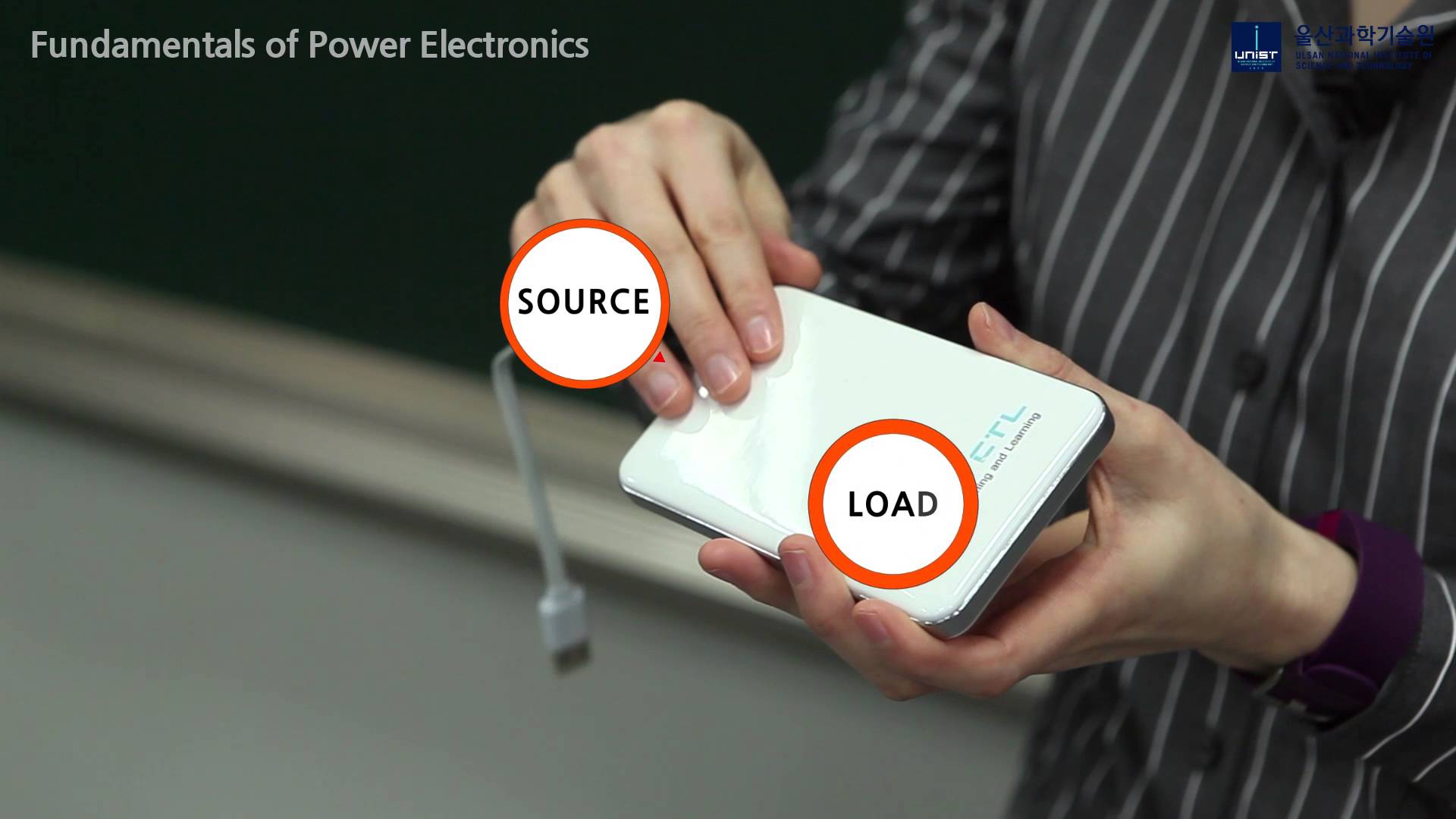New inverters increase grid-scale PV efficiency

Designing, building and operating utility scale power plants is far from simple. While photovoltaic (PV) generation has dramatically changed perceptions of "˜power plant' for the better, grid scale solar energy has its own unique challenges including the need for high efficiency inversion / conversion.
As a bedrock resource of modern existence, electricity affects nearly every aspect of daily life. Consequently, delivering electrical power across communities must meet high expectations of both residential and commercial consumers "“ all under stringent regulatory frameworks.
Solar power shares similarities with incumbent, fossil-fueled electricity generation while having unique requirements of its own. The constant drive to increase efficiency of solar cells and panels is unique, while power inversion/conversion and transmission typically relies on decades-old power grids and conversion technology frequently adapted from fossil fueled power plants.
Now more than ever the business of electricity is changing thanks to the unique needs of distributed PV power generation. Inverter/converter designers are responding by challenging long-held paradigms to increase efficiency with new products now entering the marketplace.
The times they are a-changing for grid scale power inverters.
Power inverters are lynchpin technology for any plant because they transform generated electricity for transmission and end use. They are also the point at which switching efficiency claims its due; losses reduce available power. Although differences between efficient and less-efficient utility scale inverters/converters may be one point or less, the ramifications can be immense across two or three decades of operation. Differences are also apparent when one considers moving from a kilowatt size residential plant to the megawatt scale community power systems taking root across the globe.
Two very different companies offering products for utility scale photovoltaic (PV) power plants are Alencon LLC and General Electric. While GE traces its roots to Thomas Edison and Nicola Tesla, Alencon is a relative newcomer. The fact that both are building different inverter systems for utility scale PV plants indicates that electricity generation has forever been changed by renewable energy.
General Electric's latest contribution to inverter technology is its 1500V LV5+ Series with silicon carbide (SiC) transistors delivering 99 percent efficiency. While GE is not as well known in renewable energy as it is elsewhere across industry, its reputation and global heft"”not to mention its novel approach to 1500 VDC inverters, GE is posed to have a greater impact than it has to date in renewable energy markets. Technical editor, Mark Andrews spoke with Vincent Schellings, GE Power Conversion's product line leader for power electronics on the day that GE announced its new system during the 2016 Solar Power International (SPI) conference (Las Vegas, Nevada, USA). Â
"In 2012 when we launched the original system, it was all about Capex (capital expenditures.) Now, this system is about increasing efficiency yield, enabled by silicon carbide. We have been continually investing in this technology, and SiC makes particular sense for renewables because its role in the power stack enables the system to act more efficiently," he noted.
Schellings explained that the overall efficiencies of GE's new system yields over $2.2 million (USD) of added value across the lifetime of a 100 MW solar plant, enough to power 170 additional households per year. Another benefit of GE's system is its new main transformer sleep feature option, which can eliminate no-load transformer losses at night by precisely controlling pre- and de-magnetization of the main transformer. This enables safe connection/reconnection during non-generating hours, saving up to (USD) $800,000 over a plant's lifetime. GE also fabricates its own silicon carbide ICs so it has in-house control to maximize the yield of high-performing circuits.
GE's new LV5+ inverter is already at work in the field. By third quarter 2016, Schellings said two systems had been installed in the US, with more expected to come online later in the year. "It is provided as a containerized system, which has the benefit of making it easier to ship. We also do preconditioning and test. So in the field you only have to connect the DC and AC cables, run some (on-site) tests, and then you can turn the system on," remarked Schellings about ease of installation.
Alencon approaches increasing efficiency through their multi-megawatt central inverter system (MMCIS) that provides installation savings by reducing the quantity and size of DC cables. Savings also come from eliminating all but one inverter installation, and abolishing intermediary AC transmission. Additionally, it provides DC harvesting string inverter conversion granularity, which increases energy yield. PV panels are connected to string power optimizers and transmitters (SPOTs) that harvest the maximum amount of energy from each string. Additionally, SPOTs convert the strings' low voltage/high current into high voltage/low current DC transmission to minimize losses and reduce cable costs. Combined benefits reduce the levelized cost of electricity (LCOE) by at least 10 percent, according to Alencon President Hanan Fishman. His company's system delivers efficiency as high as 99.5 percent, he said.
In the Alencon system, all optimizers' outputs are connected to the common DC bus of a single inverter system. The inverter units are modular, so the company says it is easy to add or remove units with minimal effect on the overall operation. AC outputs of each module are combined on one or multiple output transformers to raise the AC voltage to that of the electrical grid. The system master controller (SMC) manages operation of the PV plant's generation and provides a single interface for the MMCIS. A local monitor collects performance data from every string, SPOT, and grid inverter package (GrIP) in the system, which can be viewed by customers, engineers, and operators through a proprietary real-time graphic display system that may be accessed from anywhere in the world through the internet.
While being well-suited for Greenfield construction, Fishman said the majority of their current customers are augmenting and improving older, megawatt-scale PV plants to increase yields and efficiencies while collecting more performance data. The company's software and hardware enable relatively quick improvements, which benefit a company's bottom line once fully implemented.
Fishman said that one aspect of the company's overall system to increase efficiency of energy harvesting involves harmonic neutralization on a commercial scale instead of pulse width modulation (PWM) that is utilized by other power conversion designs. His company also takes a novel approach to maximizing power point tracking which Fishman likened to agricultural harvesting.
"Consider a field of corn. One way to harvest is bringing in the pickers and you harvest an entire field as quickly as possible. While that saves time not every row is ready for harvest, so you get some corn at its peak while other rows are not really ready. Alencon's approach to energy harvesting is more granular and more distributed"¦somewhat like picking one row at a time. Every PV module has a maximum power point, which our system enables the plant owner to recognize and harvest energy at the right point," Fishman explained.
Increasing yields and improving plant operational efficiency are key objectives of PV owners and operators. Whether through advances made possible by incorporating silicon carbide (SiC) transistors and "˜sleep mode' transformer options, or by redesigning the basic inverter concept, the trend towards improving the LCOE of PV power is continuing. Plant owners and operators have new advantages to consider that can improve profitability while demonstrating that efficiency can increase without replacing entire PV arrays with next-generation panels.



































